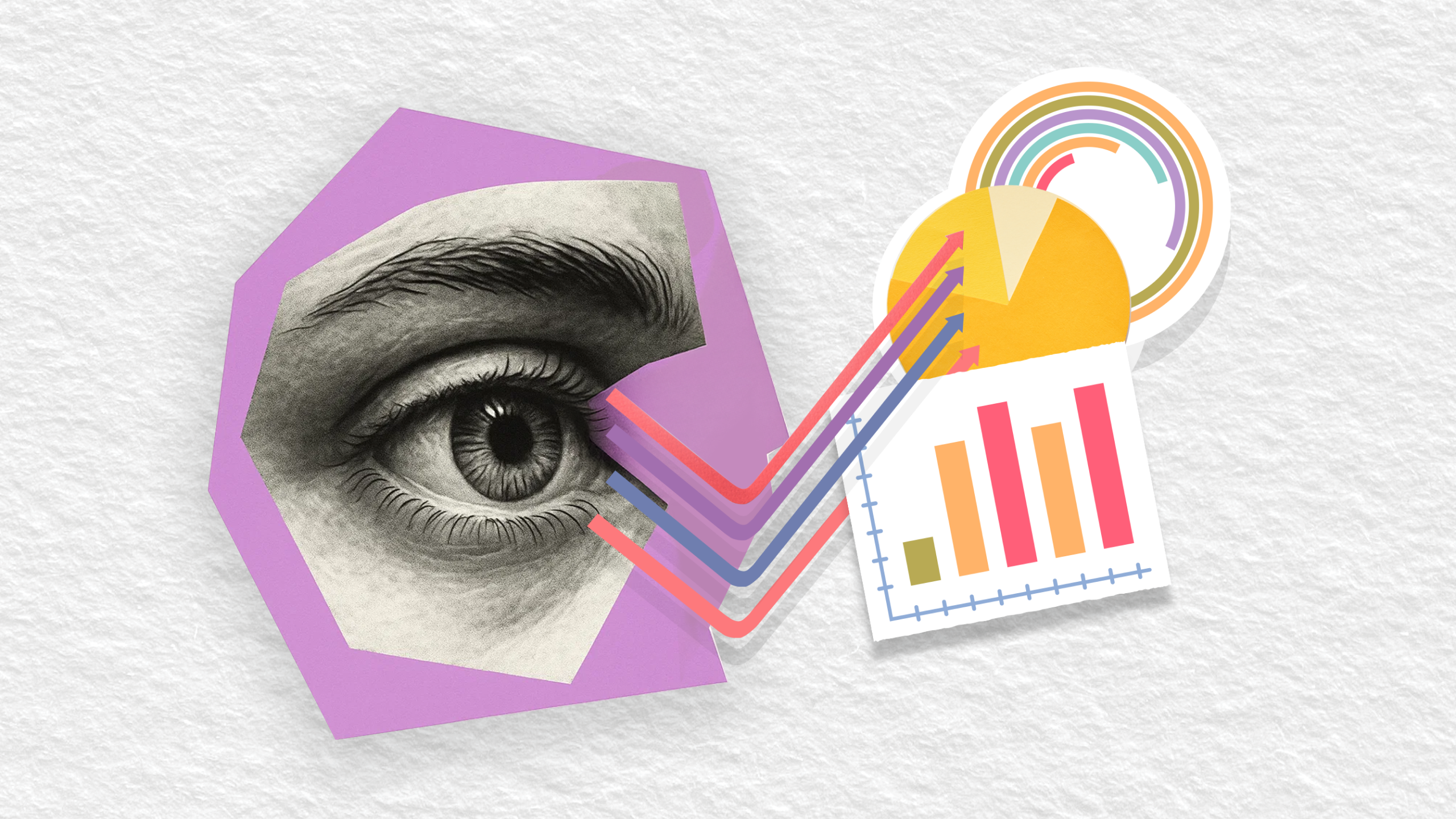Deep learning gets deep into the disc, predicting RNFL thickness and POAG risk from fundus photo CDR.
Can a standard optic disc photo tell us more than meets the eye in glaucoma?
According to a new study published in JAMA Ophthalmology, a deep learning model that predicts retinal nerve fiber layer (RNFL) thickness from fundus images may sharpen our ability to assess glaucoma risk, especially in patients with ocular hypertension.1
Led by Dr. James Liu (United States), researchers applied a machine-to-machine (M2M) deep learning algorithm to optic disc photographs from the long-running Ocular Hypertension Treatment Study (OHTS).
The goal? To convert subjective cup-to-disc ratio (CDR) assessments into quantitative RNFL thickness predictions. Their findings suggest these AI-predicted RNFL values may serve as strong early indicators of conversion to primary open-angle glaucoma (POAG).1
READ MORE: Emerging Waves in Digital Eye Health: From AI Models to Smartphone Clinics
Key findings
The team analyzed 64,755 optic disc images from 2,864 eyes across 1,444 participants, with a mean follow-up of 10.7 years. Over this period, 347 eyes (12.1%) progressed to POAG.1
At baseline, eyes that went on to develop glaucoma had significantly thinner predicted RNFL (94.1 μm) compared to non-converters (97.1 μm). After adjusting for other risk factors, every 10-μm reduction in baseline RNFL was linked to an 83% higher risk of glaucoma conversion.1
And thinning trends told a similar story: RNFL declined about twice as fast in converter eyes (-0.42 μm/year) versus non-converters (-0.25 μm/year). A one-μm/year faster rate of thinning was associated with a nearly six-fold increase in POAG risk.1
What this means
The study reinforces a familiar pain point in glaucoma assessment: variability in CDR interpretation. Even trained graders using stereophotos in research settings often disagree—a challenge this AI-driven approach aims to smooth out.1
READ MORE: AI Tools in Ophthalmology: From Virtual Scribes to Surgical Planning
“This approach addresses a recognized challenge in ophthalmic diagnostics: the inherent variability of qualitative interpretations,” noted Dr. Jithin Yohannan in an accompanying editorial. By converting qualitative disc features into measurable RNFL values, the algorithm adds a quantitative layer to a traditionally subjective method.2
Most notably, the model could make a difference in settings where optical coherence tomography (OCT) isn’t available. With fundus photography far more widespread, this tool has potential to close diagnostic gaps by extracting more clinical value from routine imaging.2
Caution, fine print and the road ahead
That said, the model didn’t outperform traditional OHTS risk calculators in terms of area under the receiver operating characteristic curve (AUROC) when predicting POAG conversion based on CDR alone. And because it was trained on RNFL data from the Spectralis OCT (Heidelberg Engineering; Heidelberg, Germany), validation across other OCT platforms is needed before it can be broadly adopted.2
Dr. Yohannan emphasized that “in settings where OCT is accessible, direct OCT measurements inherently avoid the prediction error associated with models that attempt to derive RNFL values.” However, he acknowledged that “methods that maximize the diagnostic information from more ubiquitous technologies like fundus photography continue to be of interest.”2
READ MORE: AI, Imaging and the Glaucoma Crunch: Can Tech Close the Gap?
Future research may integrate predicted RNFL values into risk calculators like the OHTS model, potentially giving clinicians the flexibility to use either OCT RNFL or CDR inputs to assess glaucoma risk.2
So, while this model may not be ready to replace your OCT just yet, it’s a promising step forward. In the age of AI, even a humble fundus photo might see more than we think.
REFERENCES
- Liu JC, Jammal AA, Scherer R, et al. Predicting retinal nerve fiber layer thickness from ocular hypertension treatment study optic disc photographs. JAMA Ophthalmol. Epub ahead of print on June 26, 2025. Available at: https://jamanetwork.com/journals/jamaophthalmology/fullarticle/2835599. Accessed on June 30, 2025.
- Yohannan J. Optic disc photographs to RNFL thickness – from subjective to objective. JAMA Ophthalmol. Epub ahead of print on June 26, 2025. Available at: https://jamanetwork.com/journals/jamaophthalmology/fullarticle/2835606. Accessed on: June 30, 2025.
Editor’s Note: This content is intended exclusively for healthcare professionals. It is not intended for the general public. Products or therapies discussed may not be registered or approved in all jurisdictions, including Singapore.
